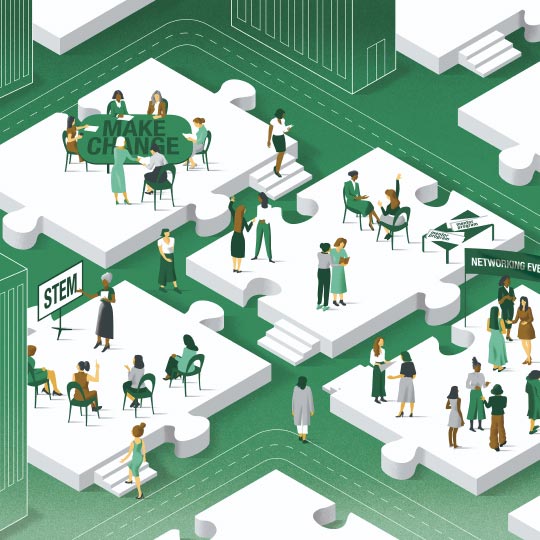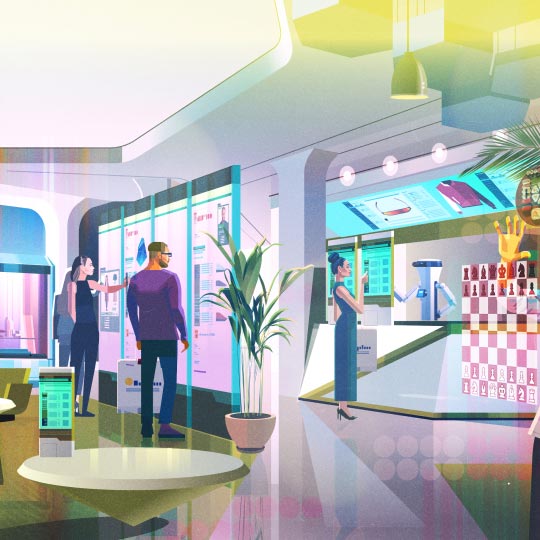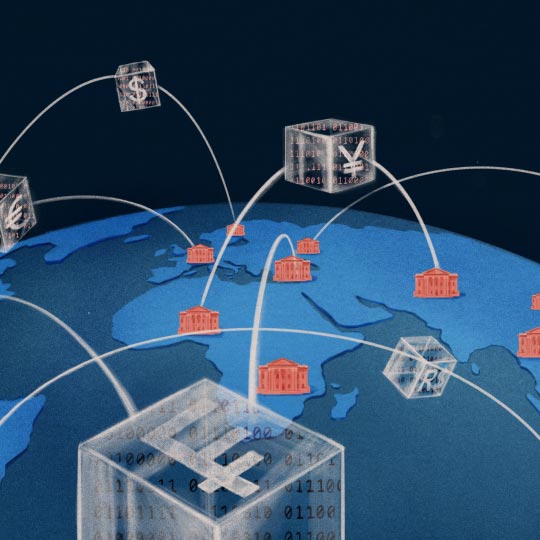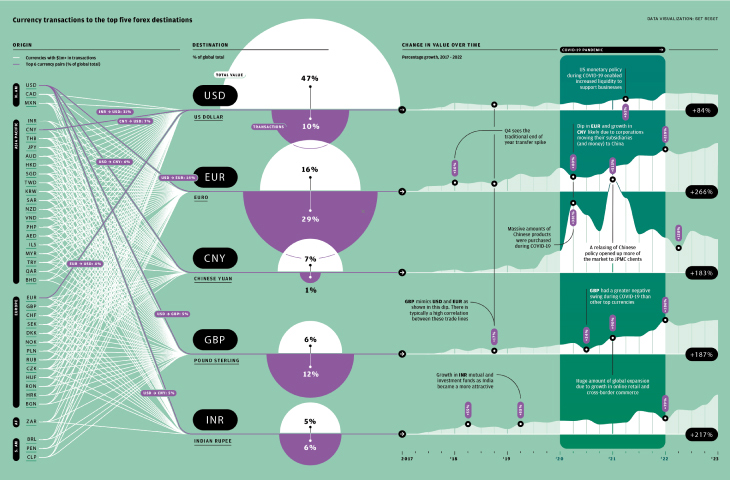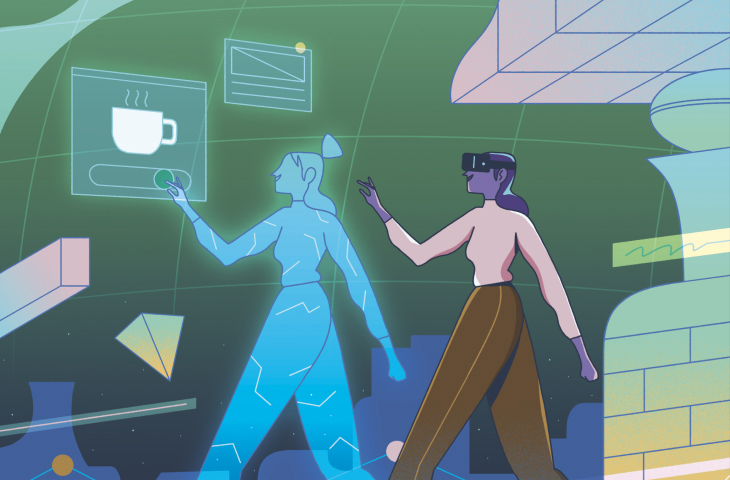Should you be preparing to transact in the metaverse?
WIRED OP-ED
The metaverse—the grand concept of a shared virtual-reality world that could become the next version of the web—has gradually gained traction in the mainstream. The hype may be cooling, but tech giants and startups alike are still pouring vast sums of money and time into this space. That’s led many business leaders to ask: What is our metaverse strategy? Money in the metaverse has become a particular topic of speculation. How will buying and selling take place, and for what use cases? Who will control the go-to payment rails? Will those be fiat or crypto payments? What cut will the hardware gatekeepers take—and how will that shape the metaverse’s future?
These are complex, technical questions. But anyone strategizing to successfully conduct business in that future first needs to ask something more fundamental: How likely is it that the metaverse will actually happen in the first place? A helpful way to make a judgment about that is to consider the hurdles that would need to be overcome.
First off: The hardware is not there yet. Virtual reality and augmented reality headsets have made significant progress over the years, but they still have issues with latency—which can cause motion sickness—and the devices can be uncomfortable to wear for extended periods. Latency is not merely a function of headset technology, either: It is also something that needs tackling at the level of internet speed and broadband infrastructure. A future where the metaverse is the default way of experiencing the Web would require generationally better wireless internet and fiber networks. In the meantime, the first iteration of anything approximating what we might call “the metaverse” is likely to exist in a 2D or handset-based form.
Simulation technology is another challenge. While a raft of companies have made enormous progress on this front, we are still far from enabling an indefinite number of people to interact with each other in a highly detailed virtual world. The current limit for simultaneous users is around 4,000, and most virtual worlds lack the level of desired realism. The major metaverse players are investing heavily in supercomputing and AI in order to turbocharge the race to build advanced artificial realities. But this comes with its own set of challenges, not least those around superconductor manufacturing—such as supply chain snags or technical barriers—and the environmental impact of deploying more powerful computing at scale.
There’s also a human question to answer: Will people truly be interested in working, living and socializing in the metaverse? It will be down to developers to convince us this is a place we want to spend our time. In the eyes of some, it will enrich online interaction and create new opportunities to transform areas of our lives hitherto relatively untouched by the web. Education, for example, has never cracked the “remote” model—metaverse evangelists believe that a shared 3D environment is precisely what could change that. Ultimately, whether something remains the preserve of the offline world or shifts into the virtual will depend on convenience and benefits.
There are arguments on both sides of this debate, so where does that leave businesses? As ever, this is the challenge of predicting the future. Technology doesn’t tend to develop along a deterministic path—innovations create unforeseen behaviors which create new use cases and new innovations and so on. It’s a cyclical process that makes it hard to see more than a few years out.
Perhaps, then, it is more helpful to speak not of ‘the metaverse’—which is a conversation about “what would happen if various things coalesced at some point in years to come”—and better to talk in terms of the real technologies that are evolving today: VR, AR and virtual worlds. Spoken about in plain terms, rather than encumbered with the conceptual weight of ‘the metaverse’, it can bring clarity of thought. It also doesn’t rhetorically sneak in the idea that a particular future is inevitable. Then businesses can ask clear-eyed questions about how those technologies are evolving now; who’s using them for what; any use cases they are likely to usher in as they develop from there; and within what timeframes. After that, well, you pays your money...
BY WIRED


